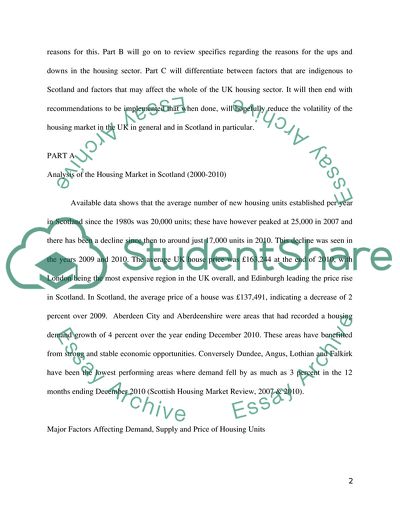Cite this document
(Housing Sector in Scotland Term Paper Example | Topics and Well Written Essays - 3250 words, n.d.)
Housing Sector in Scotland Term Paper Example | Topics and Well Written Essays - 3250 words. Retrieved from https://studentshare.org/macro-microeconomics/1575871-economic-report-on-housing-sector-in-scotland
Housing Sector in Scotland Term Paper Example | Topics and Well Written Essays - 3250 words. Retrieved from https://studentshare.org/macro-microeconomics/1575871-economic-report-on-housing-sector-in-scotland
(Housing Sector in Scotland Term Paper Example | Topics and Well Written Essays - 3250 Words)
Housing Sector in Scotland Term Paper Example | Topics and Well Written Essays - 3250 Words. https://studentshare.org/macro-microeconomics/1575871-economic-report-on-housing-sector-in-scotland.
Housing Sector in Scotland Term Paper Example | Topics and Well Written Essays - 3250 Words. https://studentshare.org/macro-microeconomics/1575871-economic-report-on-housing-sector-in-scotland.
“Housing Sector in Scotland Term Paper Example | Topics and Well Written Essays - 3250 Words”, n.d. https://studentshare.org/macro-microeconomics/1575871-economic-report-on-housing-sector-in-scotland.


